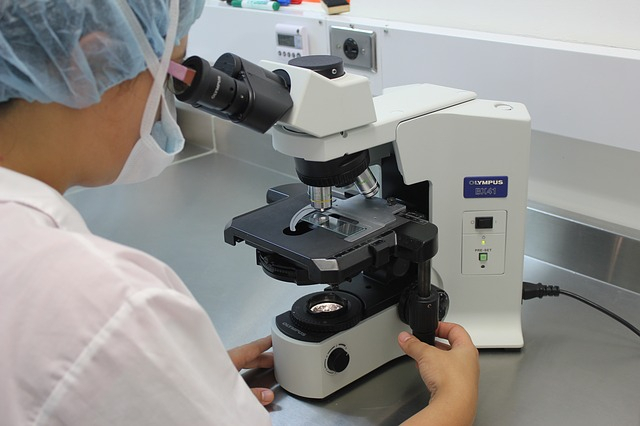
Researchers from the Massachusetts Institute of Technology (MIT) in the US have discovered a new technology that captures and removes carbon dioxide from the air at any concentration level. The researchers pointed out that previous methods of removing carbon dioxide from the air stream required higher concentrations, such fuel emissions from fossil fuels. The new method, said researchers is more friendly, as it could suck out the carbon dioxide even when it is present in very low concentrations.
They added that the new method can suck out carbon dioxide at roughly 400 parts per million currently found on the earth's atmosphere. The study by the MIT researchers is now published in the Journal Energy and Environmental Science. The findings also revealed that a chemical reaction takes place at the surface of each of a stack of electrodes as the battery charges.
The researchers have not unveiled the device to the public yet, but described it to be a large device which has a specialized battery with a stack of electrodes that absorbs carbon dioxide from the air passing over its surface, as it gets charged up, it releases the gas as the device gets discharged. They added that the device alternates between charging and discharging cycles.
During the charging cycle, fresh air is fed into the system and concentrated carbon dioxide is blown out during the discharging. A chemical reaction takes place at the surface of each of a stack of electrodes as the battery charges and discharges. The electrodes are coated with a compound called polyanthraquinone with carbon nano tubes.

The findings co-author Sahag Voskian of MIT said about the technology, ''The greatest advantage of this technology over most other carbon capture or carbon absorbing technologies is the binary nature of the adsorbent's affinity to carbon dioxide. This binary affinity allows capture of carbon dioxide from any concentration, including 400 parts per million, and allows its release into any carrier stream, including 100 per cent CO2.''
The study also states that pure carbon dioxide stream which is captured by the device will then be compressed and injected underground for a long-term disposal and can even be made into fuel, through a series of chemical and electrochemical processes.









